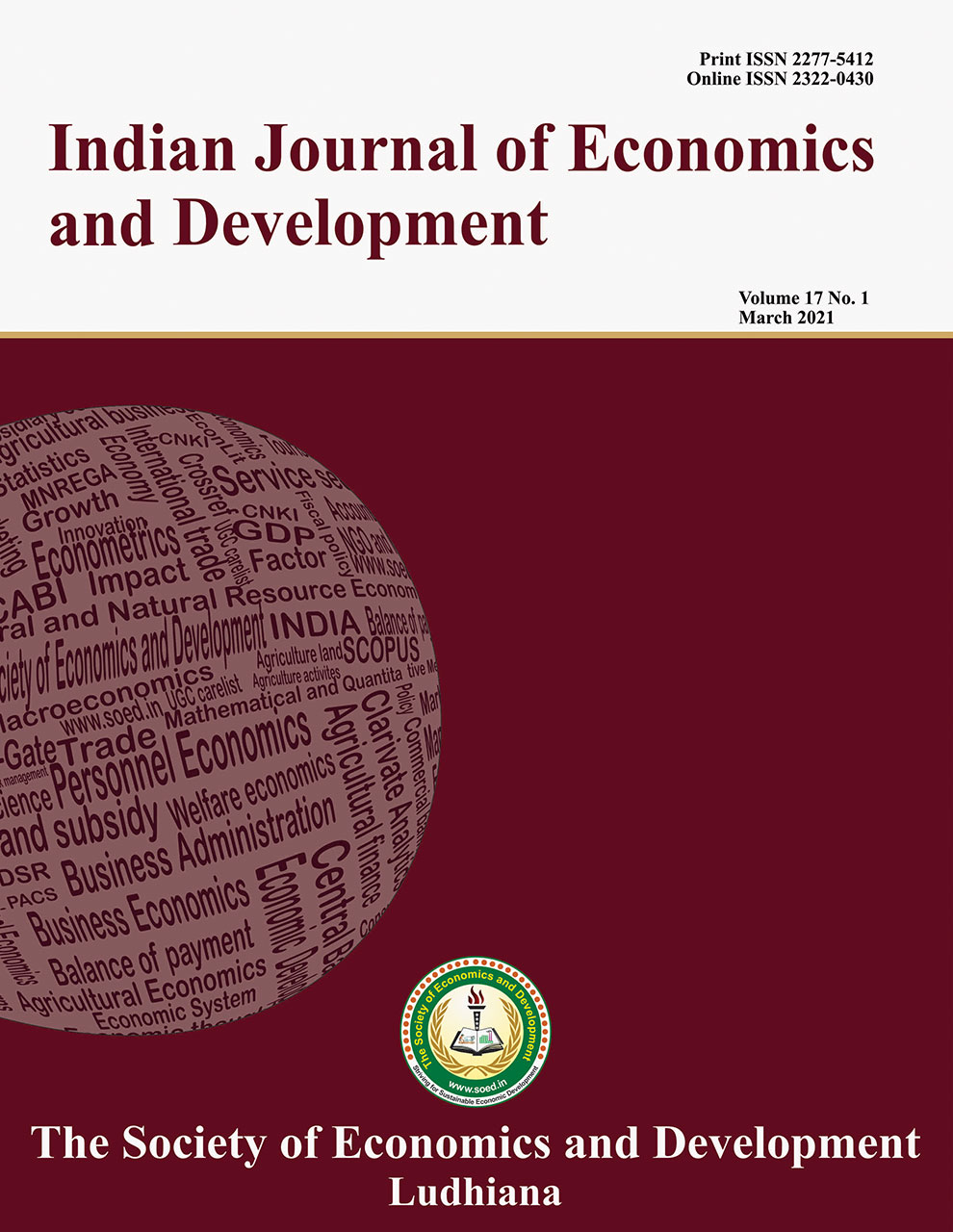Assessment of Production and Utilization Pattern of Milk and Milk Products in Madhya Pradesh

Price: ₹ 500
Author: Aditi Agrawal and R. Raju
Author Address: Research Scholar, and Scientist, Division of Agricultural Economics, ICAR-Indian Agricultural Research Institute New Delhi-110012 (Delhi)
Keywords: Household, milk products, production, utilization
JEL Codes: C81, Q12, Q18, R20
Abstract
The study was carried out by collecting information from 80 milk producers-cum-consumers and 50 consumers from the rural and urban areas, respectively, to assess the production and utilization pattern of milk and milk products at the household level. The selected 80 producer households were further post stratified into three categories, namely, 42 small (1-2 milch animals), 26 medium (3-4 milch animals), and 12 large (5 and above milch animals) herd size categories. The analysis revealed that indigenous cattle were dominating the bovine composition among the various species. However, buffaloes contributed the largest quantity of milk (35.79 percent), followed by indigenous cattle and crossbred cows with 34.57 and 29.64 percent, respectively. Across the various herd size categories, medium category households were contributing the highest milk (38.93 percent), followed by small (30.54 percent) and large herd size category households (30.52 percent). It was found that overall per capita milk availability and milk consumptions were 1.49 and 0.37 litres/day, respectively, in the study area. The utilization pattern show that rural consumers ed consumed 53.78 percent of their retained milk as liquid milk, whereas urban consumers consumed 46.54 percent. Overall, 49.69 percent of the total milk was utilized for intake in liquid form, while 50.31 percent was utilized for making milk products. Overall, among milk products, a nearly equal proportion of milk was utilized for making curd (22.57 percent) and ghee (22.41 percent). The proportion of milk consumed in the form of khoa (3.8 percent) and paneer (1.39 percent) was very less.
Description
Indian Journal of Economics and Development
Volume 17 No. 2, 2021, 237-244
DOI: https://doi.org/10.35716/IJED/20310
Indexed in Clarivate Analytics (ESCI) of WoS
Scopus: Title Accepted
NAAS Score: 5.15



